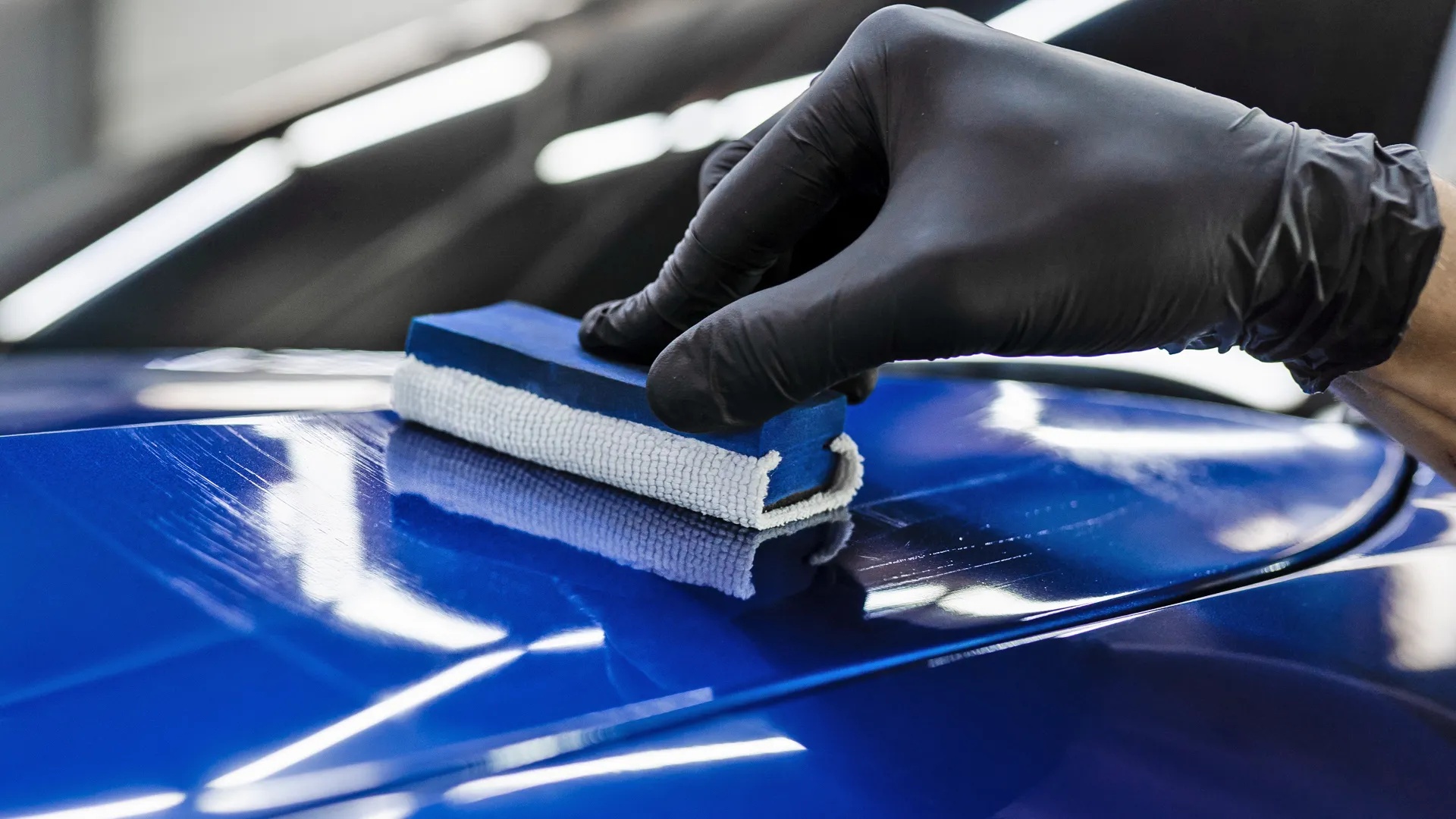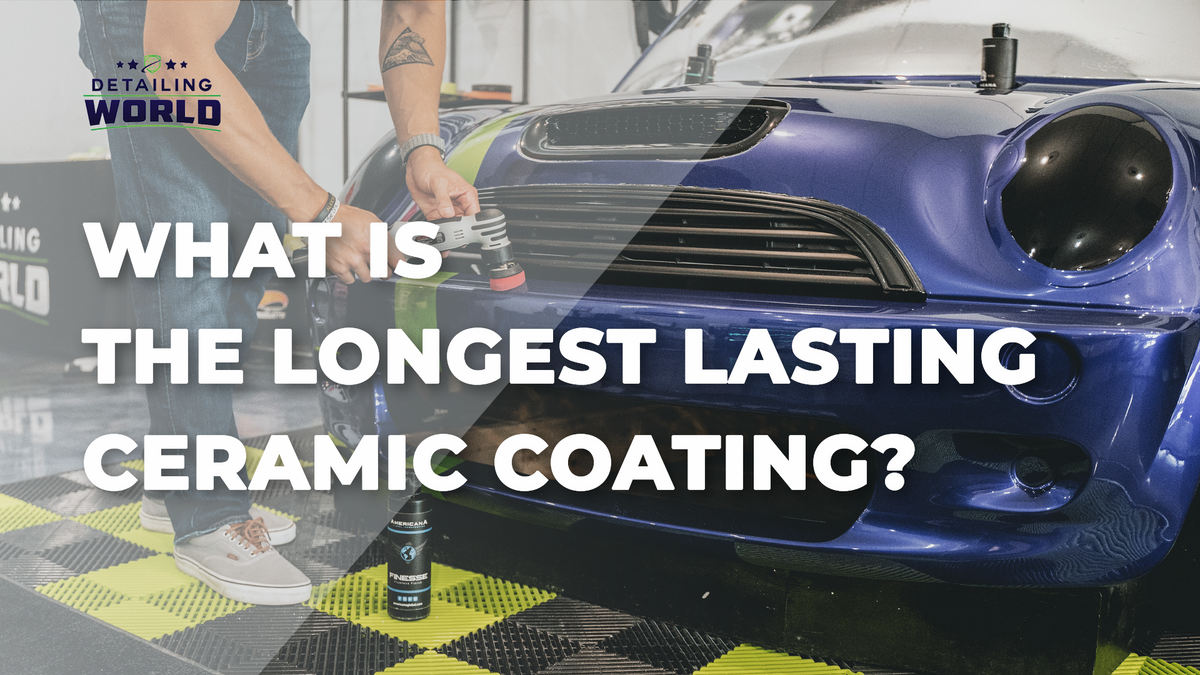Ceramic Coating vs Traditional Wax: Which Offers Better Protection?
Ceramic Finish vs. Traditional Wax: Which Gives Better Long-Term Protection?
The debate between ceramic finishes and typical wax for lorry defense has actually garnered substantial attention among vehicle enthusiasts and specialists alike. While both serve the objective of safeguarding paint, their differences in durability, application, and lasting maintenance expenses may influence a customer's selection. Ceramic coverings boast exceptional longevity and resistance to environmental variables, yet the intricacy of their application questions regarding access and practicality. As we explore these contrasting choices, it ends up being important to take into consideration not just the prompt benefits however also the implications for vehicle treatment with time.
Overview of Ceramic Finishing
Ceramic layer has gained substantial popularity among automobile lovers and detailers alike due to its advanced safety top qualities. This innovative modern technology is designed to develop a resilient, hydrophobic guard over a car's paint surface area, substantially enhancing its resistance to environmental pollutants such as dust, UV rays, and chemical stains. Unlike standard wax, which supplies a short-term layer of protection, ceramic finishings bond at a molecular degree with the paint, using long-lasting durability-- usually prolonging beyond two years with appropriate upkeep.
The application process includes meticulous prep work of the lorry's surface, including cleansing and polishing to ensure optimal adhesion. When used, the finishing remedies to create a robust layer that not only includes deepness and gloss to the paint yet additionally simplifies maintenance. With its hydrophobic residential properties, ceramic coating allows water and dust to glide off even more easily, lowering the frequency of washes and decreasing the danger of swirl marks.
Additionally, ceramic coatings are available in numerous solutions, allowing users to select items tailored to their particular demands and choices. In general, ceramic covering stands for a significant innovation in paint security modern technology, delivering exceptional efficiency compared to conventional choices.
Summary of Traditional Wax
Commonly considered a staple in automotive treatment, wax acts as a popular selection for those seeking a straightforward approach to boost and shield their lorry's paint - ceramic coating. Automotive wax typically comprises all-natural ingredients, such as carnauba, or synthetic compounds, designed to produce a safety layer on the surface area of the paint. This layer not only boosts the automobile's gloss and radiate but also provides a barrier versus environmental pollutants
The application of wax is usually easy to use, making it accessible for both experts and Do it yourself fanatics. Once applied, wax needs a healing period, after which it sets to form a safety covering.
Nevertheless, while wax works for improving the visual appeal of an automobile, it is important to note that the defense it supplies may demand more frequent reapplication compared to different products, such as ceramic finishes. Generally, typical wax remains a popular option for those prioritizing simplicity of usage and prompt aesthetic renovation.
Sturdiness and Long Life Contrast
While both ceramic coatings and traditional wax deal safety advantages for auto paint, their sturdiness and durability differ dramatically. Standard wax, generally made from all-natural carnauba or artificial polymers, normally provides a protective layer that lasts roughly three to six months. This fairly brief life expectancy requires routine reapplication to maintain optimal protection.
In comparison, ceramic finishings are engineered from advanced nanotechnology, forming a covalent bond with the paint surface. This leads to a durable, hydrophobic layer that can withstand for 2 to 5 years, depending on the item and ecological problems. The exceptional resilience of ceramic layers is connected to the original source their chemical framework, which uses boosted resistance to scrapes, UV rays, and oxidation.

Defense Against Ecological Factors
Shielding a car's paint from ecological elements is vital for keeping its look and value with time. Automobiles are continuously subjected to a variety of elements, including UV rays, bird droppings, tree sap, acid rain, and roadway crud, every one of which can compromise the integrity of the paintwork.
Ceramic coverings give a robust defense get more versus these environmental aggressors. Unlike typical wax, which can break down swiftly under UV direct exposure, ceramic coverings develop a sturdy, hydrophobic layer that resists the unsafe effects of sunlight and environmental toxins. This sophisticated modern technology creates a chemical bond with the car's surface, supplying premium security that lasts for many years, also in extreme problems.
In contrast, ceramic finishes keep their safety high qualities longer, dramatically reducing the danger of paint damages and ensuring that the lorry preserves its visual appeal. As a result, ceramic finishes are increasingly identified as the premium option for long-term security against ecological elements.
Application and Upkeep Distinctions
The techniques of application and succeeding maintenance for ceramic finishes and standard wax differ substantially, impacting the general individual experience and effectiveness of each product. Ceramic layers need a more elaborate application procedure, commonly entailing surface prep work that includes washing, sanitizing, and brightening the lorry. When the surface area prepares, the ceramic finishing is used in a regulated environment, frequently requiring professional experience to guarantee appropriate curing and bonding to the paint.

While both products improve automobile look, the longer-lasting defense supplied by ceramic coverings may justify their first investment, despite the even more requiring application procedure. Alternatively, conventional wax remains a popular selection for those looking for an easier, albeit temporary, service.

Verdict
In conclusion, ceramic layers show considerable advantages over standard wax in regards to resilience and environmental management. With a life expectancy expanding 2 to five years and exceptional resistance to UV rays, dirt, and chemical stains, ceramic finishings use a much more effective service for long-term vehicle maintenance. Although the application process may need professional experience, the resulting price financial savings and decreased regularity of reapplication underscore the worth of ceramic coverings for those seeking optimal automobile protection.
The argument in between ceramic finishes and standard wax for car defense has gathered substantial attention amongst vehicle lovers and professionals alike. Unlike traditional wax, which offers a momentary layer of protection, ceramic coverings bond at a molecular degree with the paint, providing durable durability-- Extra resources usually expanding beyond 2 years with proper upkeep.
While both ceramic finishes and conventional wax deal protective benefits for auto paint, their sturdiness and long life differ dramatically. For automobile lovers looking for long-lasting defense, ceramic coatings provide a compelling benefit over conventional wax items.
In verdict, ceramic finishings demonstrate considerable benefits over traditional wax in terms of toughness and ecological protection.